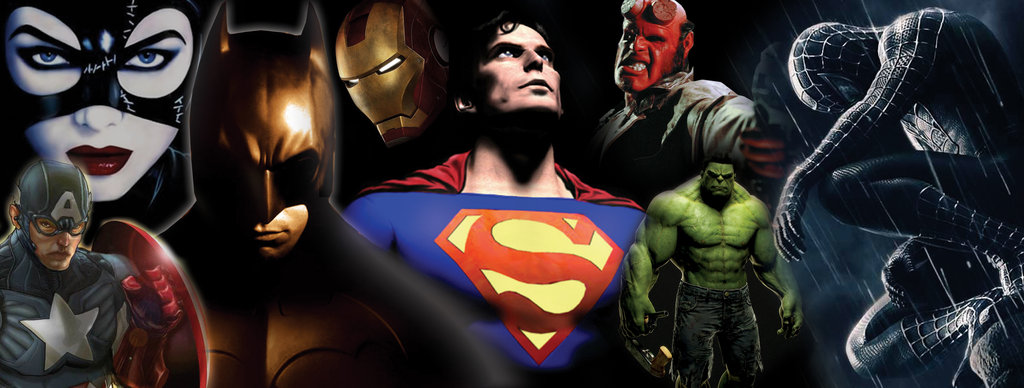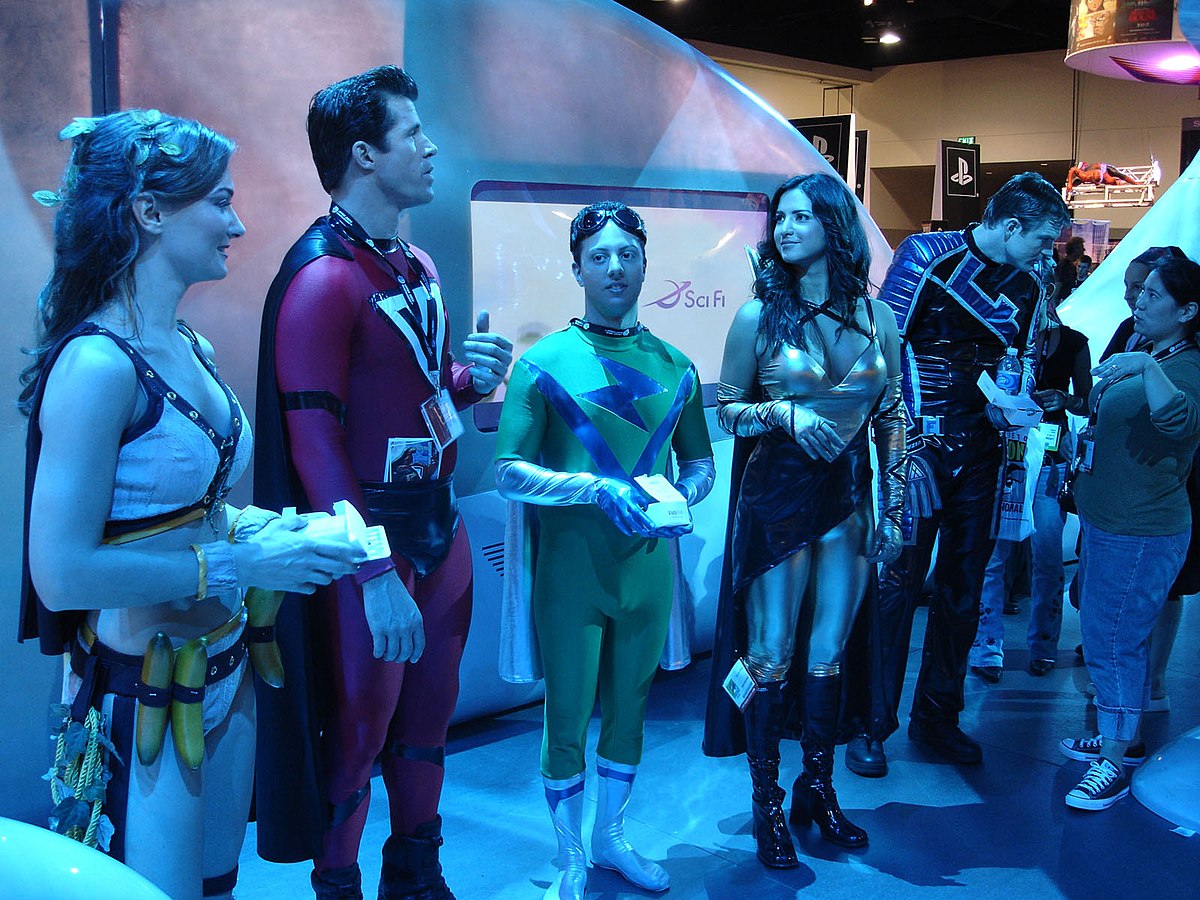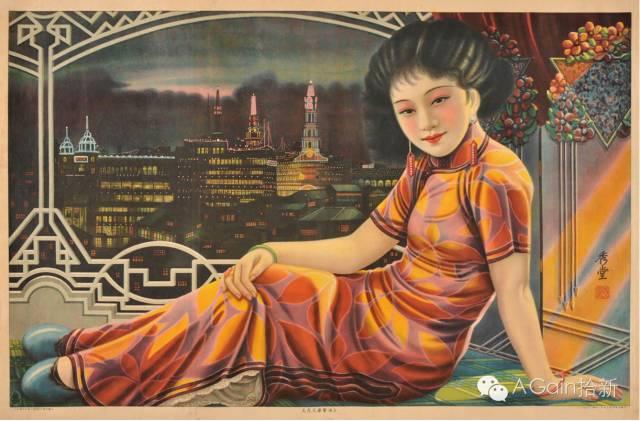So You Want to Be a Superhero?

by Bruce Mai, First published for the September/October 2004 issue of Finery

Ever thought of making a superhero costume of your own? Creating an original idea frees you from the trouble of having to recreate a comic-book character. You can design whatever you want, with whatever powers you want.
Try starting with a hero who either has a specific mission or fights crime. Your hero can be goofy, useless, quirky, etc. The main point is to have fun.
The movie Mystery Men is great for research. All the character are “second-stringers” – each one has a sort of superpower, but it’s kind of lame.
You’ll want to design a costume that doesn’t take too much explanation. People should be able to get the idea when they hear your hero name. If you have to explain it, you’re just going to get a “00000-kayyy” and maybe a rolling of the eyes.
Let’s take a quick look at where familiar superpowers spring from. There are roughly six categories that characters fit into:
Mutants: Altered genetically before birth, typically by radiation. Think the X-Men.
Gadgeteer: They’re normal humans who’ve trained with technological devices that fit into a theme. For example, Batman and Green Arrow.
Scientific Accident: These people have been exposed to some substance or radiation that gives them superpowers. Spiderman, the Fantastic Four, Daredevil and the Hulk are just a few.
Mythical: These heroes spring from legend and mythology. Wonder Woman (Amazons) and Thor are two major examples.
Mystical: These heroes have a supernatural object that gives them powers (Jim Carrey’s “The Mask”), or they studied magical arts, like Doctor Strange. They may be cursed or changed by a supernatural occurrence (Blade the Vampire Hunter). And characters whose powers imitate animals fit here too (like the Black Panther and Catwoman).
Extraterrestrial: These superpowered aliens bring their abilities to Earth or become enhanced once they arrive. Superman and Hawkman are well-known types.
Robotics/Cybernetics: These folks have been created in a lab or are humans implanted with powerful devices or have had body parts replaced. A robotics character is Marvel’s android, the Vision, and the Six-Million-Dollar Man is a cybernetic example.
The final category is non-powered types who have no superpowers per se, but have honed their fighting and detective skills to a point that they are practically super-powered in their abilities – people like the Punisher and martial artists.
Of course, not all characters fit neatly into a category. Mixing and matching to come up with a theme concept is perfectly legit.
The Green Lantern is an Earthling, but his super-powered ring comes from an extraterrestrial source. The TV Green Hornet comes close to being a Gadgeteer but isn’t hornet-intensive in theme. Spiderman has animal imitating abilities, but he got his powers from a technological source. You get the idea.
Now, let’s think about what kind of power would you like to have in real life? Carry a seemingly obscure normal ability and exaggerate it into something ridiculous. Make it a power that helps you fight crime or helps society somehow.
For schtick, have your costume simulate this power or carry props that would help people understand your costume concept. The most effective costume will bring all these elements together.
Hopefully, this will give you a start. And remember – the same way for coming up with a concept can work with a super-villain, too!



Leave a comment